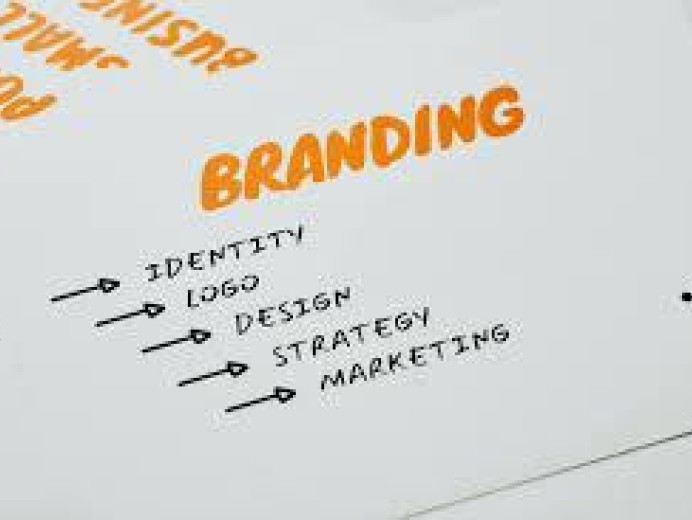What are Lifestyle Brands, Anyway?
Though undoubtedly not the very first to coin the term and define it, the concept of the ‘lifestyle brand’ was perhaps best described by Marazza and Saviolo in 2012. For them, a lifestyle brand is “a company that markets its products or services to embody the interests, attitudes and opinions of a group or a culture”. They add that “lifestyle brands seek to inspire, guide and motivate people, with the goal of their products contributing to the definition of the consumer’s way of life”.
This latter point is a lofty goal, but a crucial ambition. As Shoates noted in 2016, when done right a lifestyle brand “helps people express who they are and empowers them to be who they want to be…to switch [brands] would be untrue to ourselves”. This is the ideal for a lifestyle brand, speaking to customers on a level far “beyond just the problem the product solves or the solution the brand offers”, instead representing a customer’s “emotions, values, identities and aspirations”.
But, when has this strategy been pulled off successfully? Perhaps the best example of a lifestyle brand, and one that has operated as such since at least 2002 is good old Apple. With Steve Jobs back at the wheel, he made a real splash in the tech scene by dropping off MacBooks to every child in years 7 and 8 throughout the entire state of Maine. His parting shot was the annoyingly elegant: “…it’s not about the technology, it’s about what people can do with it”. Which may as well be Apple’s entire marketing strategy ever since. This typifies what a lifestyle brand is, in many ways – the product is secondary, with the experiences that it allows the customer to have taking centre stage instead.

Apple are hardly the most accessible of examples admittedly. An example much closer to home would be our recent work with Brand Attic. With their emphasis on outstanding quality in everyday items and statement pieces, we arrived at ‘life style’ as their brand essence, and “providing life style for your lifestyle” as their raison d’être. When we drilled down and understood their customer, we realise that their audience sat somewhere between a Missguided and a Next customer – too mature for the former, but not yet comfortable buying from the latter. Their customer was someone who was socially active, and that enjoys travelling, checking out new bars and restaurants, but not necessarily someone devoted to all things fashion. With our brand strategy therefore, came a new content strategy – one that focused less on trends and catwalk reports, but on events and experiences as well. Both of these elements combine together to create a more cohesive lifestyle around the Brand Attic name, something more tangible for customers to align themselves with beyond the appeal of their clothes alone.
Now, when has this strategy been used less successfully? Harley Davidson is the first example that springs to mind, and a somewhat convoluted one at that. Saying the words “Harley Davidson” to someone does indeed conjure up an image of a certain lifestyle (or at the very least, a certain mindset – epitomised in the Cannes Young Director Award winning short film above by Andreas Bruns), but does the brand deliver on it in 2017? Sure, they still make chopper motorbikes and they will still sell you shot glasses, hip flasks and other stereotypically “biker appropriate” merchandise. Scroll a little further though, as Rich Duprey pointed out in his 2014 Motley Fool piece, and you’ll find Harley Davidson branded… salad servers? What lifestyle are they trying to communicate there? I can’t be sure exactly what you pictured when you first saw the words “Harley Davidson”, but I’d wager that salad serving wasn’t even a peripheral part of what you envisaged earlier.
The point is that the decision to become a lifestyle brand shouldn’t be taken lightly. Not every brand can pull it off, or should. Jeff Swystun wrote in 2016 that becoming a lifestyle brand “does not give a dog food company permission to talk about backyard barbecues, or a car company license to offer parenting advice”. In the right hands a lifestyle brand can endure like nothing else, but when handled poorly, it’s a cry for help that will make investors more than a little nervous. Proceed with caution, people…




